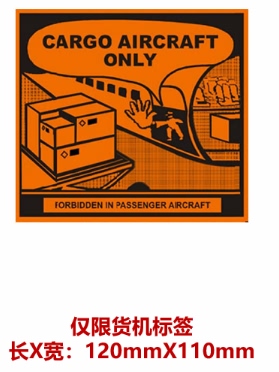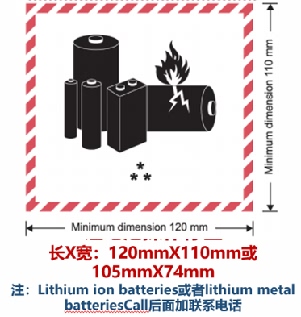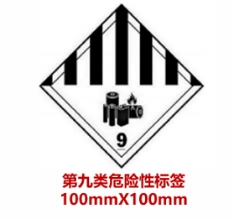GB 4943.1 Battery Test Methods
GB 4943.1 Battery Test Methods,
GB 4943.1,
▍Document requirement
1. UN38.3 test report
2. 1.2m drop test report (if applicable)
3. Accreditation report of transportation
4. MSDS(if applicable)
▍Testing Standard
QCVN101:2016/BTTTT(refer to IEC 62133:2012)
▍Test item
1.Altitude simulation 2. Thermal test 3. Vibration
4. Shock 5. External short circuit 6. Impact/Crush
7. Overcharge 8. Forced discharge 9. 1.2mdrop test report
Remark: T1-T5 is tested by the same samples in order.
▍ Label Requirements
|
Label name |
Calss-9 Miscellaneous Dangerous Goods |
Cargo Aircraft Only |
Lithium Battery Operation Label |
|
Label picture |
 |
 |
▍Why MCM?
● The initiator of UN38.3 in the transportation field in China;
● Have the resources and professional teams being able to accurately interpret UN38.3 key nodes related to Chinese and foreign airlines, freight forwarders, airports, customs, regulatory authorities and so on in China;
● Have resources and capabilities that can help lithium-ion battery clients to “test once, pass smoothly all airports and airlines in China “;
● Has the first-class UN38.3 technical interpretation capabilities, and housekeeper type service structure.
In the previous journals, we’ve mentioned some of devices and components testing requirements in GB 4943.1-2022. With the increasing use of battery-powered electronic devices, the new version of GB 4943.1-2022 adds new requirements based on 4.3.8 of the old version standard, and the relevant requirements are put into Appendix M. The new version has more comprehensive consideration on devices with batteries and protection circuits. Based on the evaluation of battery protection circuit, additional safety protection from devices are also required.1.Q: Do we need to conduct Annex M test of GB 4943.1 with compliance of GB 31241?
A: Yes. GB 31241 and GB 4943.1 Appendix M cannot replace each other. Both standards should be met. GB 31241 is for the battery safety performance, regardless of the situation on the device. Annex M of GB 4943.1 verifies the safety performance of batteries in devices.2.Q: Do we need to conduct GB 4943.1 Annex M test specially?
A: It is not recommended, because in general, M.3, M.4, and M.6 listed in Annex M need to be tested with a host. Only M.5 can be tested with battery separately. For M.3 and M.6 which require battery own a protection circuit and need to be tested under single fault, if the battery itself contains only one protection and no redundant components and the other protection is provided by the whole device, or the battery does not have its own protection circuit and the protection circuit is provided by the device, then it is the host to be tested.Q: Is grade V0 required for battery fire protection external case?
A: If the secondary lithium battery is provided with a fire protection external case of no less than Grade V-1, which meets the test requirements of M.4.3 and Annex M. It is also considered to meet the PIS isolation requirements of 6.4.8.4 if the distance is insufficient. Therefore it is not necessary to have a fire protection external case of level V-0 or conduct additional tests as Annex S.










